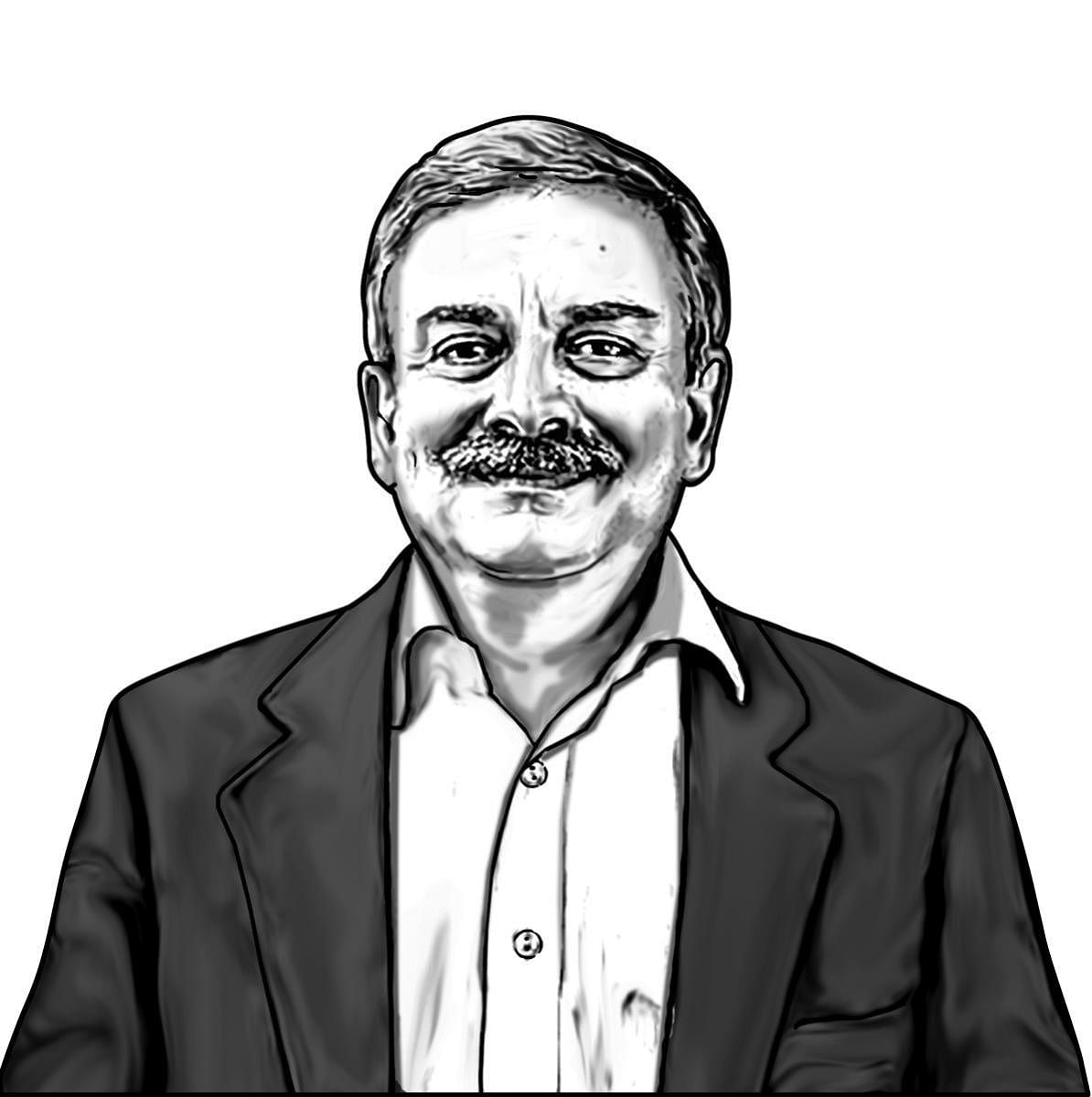
For the sheer range of his expertise and original contributions in diverse fields, Thomas Young must rank as one of the great polymaths. He was a remarkable man at a turning point in the history of knowledge. Physics textbooks identify Thomas Young (1773-1829) as the experimenter who first proved that light is a wave, not a stream of corpuscles as Newton proclaimed. In any book on the eye and vision, Young is the London physician who showed how the eye focuses and proposed the three-colour theory of vision -- confirmed only in 1959. Then again, in any book on ancient Egypt, Young is credited for his crucial work in deciphering the Rosetta Stone. He was a distinguished physician at St George’s Hospital in London, a major scholar of ancient Greek, and a phenomenal linguist. His most famous work was the four-volume A course of lectures on Natural Philosophy and the Mechanical Arts. It is hard to grasp how much he knew. He was truly the last man who knew everything.
Thomas Young was sent away from his parents’ home in Milverton soon after he was born in 1773 to live with his maternal grandfather, who discovered that his grandson was a child prodigy and encouraged his eclectic interests. Very soon, by the age of two, Young was reading fluently. Before he was four, at the village school and with his aunt at home, he had read the Bible twice over. He could also recite Oliver Goldsmith’s entire poem The Deserted Village, all 430 lines of it.
Like many child prodigies, his memory was formidable. Looking back on himself as a child, Young, in his autobiographical sketch, wrote disarmingly: As far as the qualities of the mind and feelings are concerned, I may be said to have been born old and to have died young.
Young started his medical training in 1792, and his progress was so rapid that his paper, Observations on vision, was read to the Royal Society in 1793, when he was not quite 20. Even more remarkable was his election as a fellow of the Royal Society the following year, in 1794. It is inconceivable that even a young man as gifted as Young could be elected a fellow of the Royal Society on the evidence of one scientific publication.
At the very beginning of the 19th century, Young demonstrated the interference of light by shining a beam of light through two narrow slits and observing the pattern the slit beam created on a screen. ‘Young’s Fringes’, as they came to be known, showed that light added to light could produce more light; or surprisingly, darkness. Young’s celebrated double-slits have become much more than a historically important experiment, since they can be used to demonstrate both wave and particle behaviour. The double-slit experiment encapsulates, said the amazing physicist Richard Feynman, the ‘heart of quantum mechanics’, its ‘only mystery’.
It is not only the physicists who claim Young as their own. Open any engineering textbook and you cannot fail to encounter ‘Young’s modulus’, a fundamental measure of elasticity based on the principles of stress and strain; open any book on ophthalmology, and Young appears as the physiologist who first explained how the eye accommodates distances, the one who discovered astigmatism, and, most important, the first to explain how the eye responds to light.
Little wonder then that Young was elected a fellow of the Royal Society when, well, so young. This was the man who, when asked to contribute articles to a new edition of the Encyclopaedia Britannica in 1816, offered the following subjects: alphabet, annuities, attraction, capillary action, cohesion, colour, dew, Egypt, eye, focus, friction, halo, hieroglyphic, hydraulics, motion, resistance, ship, sound, strength, tides, waves, and ‘anything of a medical nature’. Young was not boasting, he seems never to have boasted; and as a matter of fact, he asked that all his contributions be kept anonymous. He did not bother to highlight to the editor his polyglot knowledge of ancient and modern languages and of classical literature. His concern for anonymity was because in the class-conscious, relatively unscientific, quack-infested medical world of his time, Young’s dazzling array of interests outside physiology might have given the impression of a doctor not wholly committed to his patients.
Young died all too early, just short of 56 years of age. For all those drawn to the versatility of genius, Thomas Young is an inspiration. Read The Last Man Who Knew Everything, his biography by Andrew Robinson; an enchanting story of a man who indeed could claim to have been the last man who knew everything, except that he cared less about what others thought of him and more for the joys of an unbridled pursuit of knowledge.
Gurucharan Gollerkeri, the former civil servant enjoys traversing the myriad spaces of ideas, thinkers, and books